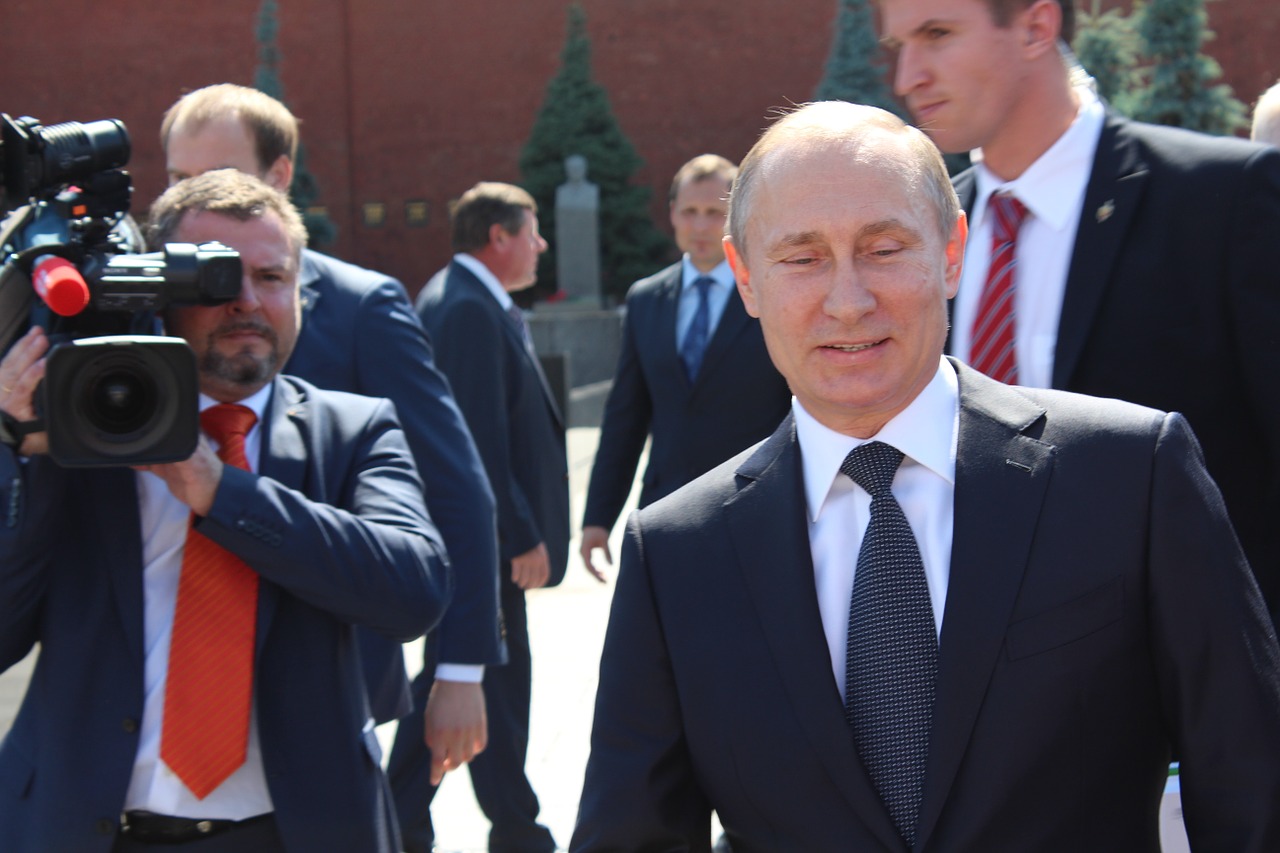The rumours that have been spreading for months now have finally been proven true as a group of Russian hackers, working as part of an as of yet unidentified cell, were able to pull off one of the most unlikely schemes in the history of national espionage. In a multi-prong attack that included leaking sensitive data, phishing scams, and reliance on the average American’s decidedly below average intelligence, in the early hours of the morning on November 9th, Russia was able to install a dangerous piece of malware directly into the White House.
Throughout the entire election this year, the number one hot button words has been: Russia. What is going to be America’s response to Russia’s aggressive expansionist policies? Was Russia truly responsible for the leak of the Democratic National Conventions emails as the Obama administration has asserted? Does Vladamir Putin support Donal Trump as President of the United States? Does Trump have ties to Putin? Does Clinton have ties to Putin?
Not since the Cold War ended has Russia had a greater influence on a presidential election, and that was before Russia’s grand strategy came to fruition on election day. As votes were being tallied and Americans were glued to the drama on their screens, officials at the White House were becoming ever more aware that a possible Russian attack was taking place. Despite their best efforts, including President Obama himself trying to directly intervene and prevent the installation, they were unable to stop the hack.
When asked how the Russian hackers were able to slip their malware through what is surely the most sacred and protected office, computer, in America, officials responded by comparing the hack to a DDoS attack. The system was simply overwhelmed by the bombardment of meaningless data that the malware spouted at it. In the end, it froze up under the barrage of nonsense and its defenses were easily circumvented by the malware, allowing it to be installed.
Analysts around the country and the globe are even at this moment still trying to predict the full effect this malware could have on the United States. Many have approached it from an optimistic viewpoint and believe that even once the effects of this malware begin to be felt on the system, a date still some weeks away as White House officials believe that the malware shouldn’t wholly activate until January 20, that it will ultimately be only a temporary virus that should only take approximately four years to remove.
Others, however, are much more pessimistic. One top analyst commented,
“gud thing Ill be in Canada when ur all getting nuked #NotMyPresidnt”
Another shared,
“We are walking step-by-step into a postmodern death, an extinction.”
The malware has already proven to have an effect on the global economy at large, with even the threat of it causing the stock market to be expected to crash. When the market opened the morning following the news of the Russian hack, however, the market rose. Then fell. Then evened out to about where it was before. Experts believe this will mimic the ultimate effect the malware itself will bring to the global economy.
Only time will tell what the malware is programmed to do. Despite top experts’ attempts to analyze its code, none have been able to decipher its apparently random and chaotic actions. Some have even said that it has no programming at all. The malware’s only goal was to be installed in the White House, and it has no other functions beyond that.
We can only hope.



